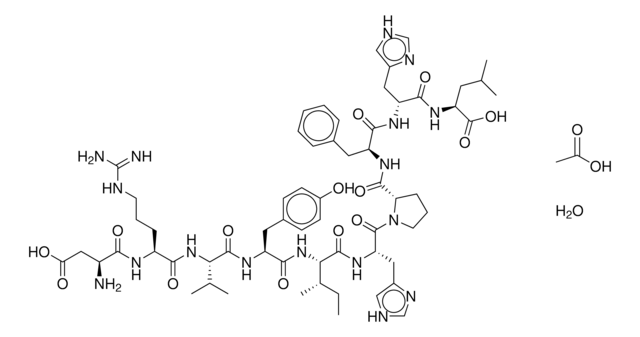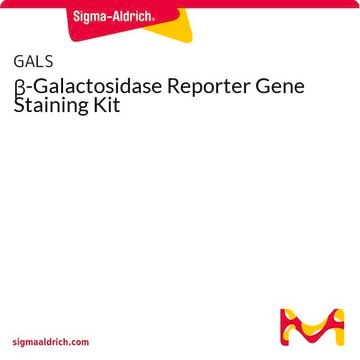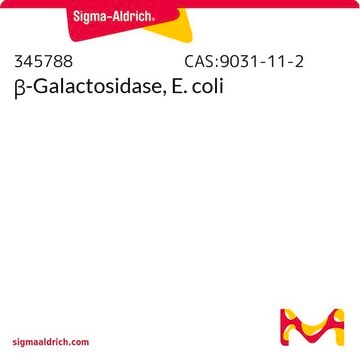All Photos(1)
About This Item
Empirical Formula (Hill Notation):
C59H86N16O15
Molecular Weight:
1259.41
UNSPSC Code:
12352209
NACRES:
NA.77
Recommended Products
Assay
≥95% (HPLC)
form
lyophilized
composition
Peptide Content, ≥65%
storage condition
protect from light
storage temp.
−20°C
Amino Acid Sequence
Asp-Arg-Val-Tyr-Val-His-Pro-Phe-Asn-Leu
Application
Angiotensins are peptide hormone components of the renin-angiotensin system involved in the regulation of blood vessel constriction and aldosterone release. Angiotensin I, a decapeptide derived from angiotensinogen, is a converted to Angiotensin II by the removal of the two C-terminal amino acids. Various analogues of Angiotensin I may be used as substrates to identify, differentiate and characterize angiotensin-converting enzyme(s) (ACE).
Storage Class Code
11 - Combustible Solids
WGK
WGK 1
Flash Point(F)
Not applicable
Flash Point(C)
Not applicable
Certificates of Analysis (COA)
Search for Certificates of Analysis (COA) by entering the products Lot/Batch Number. Lot and Batch Numbers can be found on a product’s label following the words ‘Lot’ or ‘Batch’.
Already Own This Product?
Find documentation for the products that you have recently purchased in the Document Library.
M Bramucci et al.
The American journal of physiology, 273(6 Pt 2), R2089-R2096 (1998-01-22)
Our aim was to study the role of angiotensin-converting enzyme (ACE) and angiotensin II (ANG II) on ovarian steroidogenesis and prostaglandin production of amphibian. Hormonal effects of ACE, ACE inhibitors, synthetic bullfrog angiotensin I (ANG I), and [Val5]ANG II were
T Yamaguchi et al.
Journal of pharmacobio-dynamics, 9(7), 585-592 (1986-07-01)
In the present investigation, the occurrence of angiotensin I converting enzyme (EC 3.4.15.1; ACE) was first demonstrated in the kidney of bullfrog (Rana catesbeiana). Namely, a large amount of hydrolyzing activity toward N alpha-hippuryl-L-His-L-Leu-OH (HHL), a synthetic substrate of ACE
A Miano et al.
Acta physiologica Scandinavica, 160(3), 277-282 (1997-07-01)
The occurrence of angiotensin converting enzyme (EC 3.4.15.1; ACE) was demonstrated for the first time in serum of newt (Triturus carnifex) and frog (Rana esculenta). The enzymatic activity was evidenced following hydrolysis of N-[3-(2-furyl) acryloyl]L-phenylalanyl glycyl glycine (FAPGG), a synthetic
Our team of scientists has experience in all areas of research including Life Science, Material Science, Chemical Synthesis, Chromatography, Analytical and many others.
Contact Technical Service







